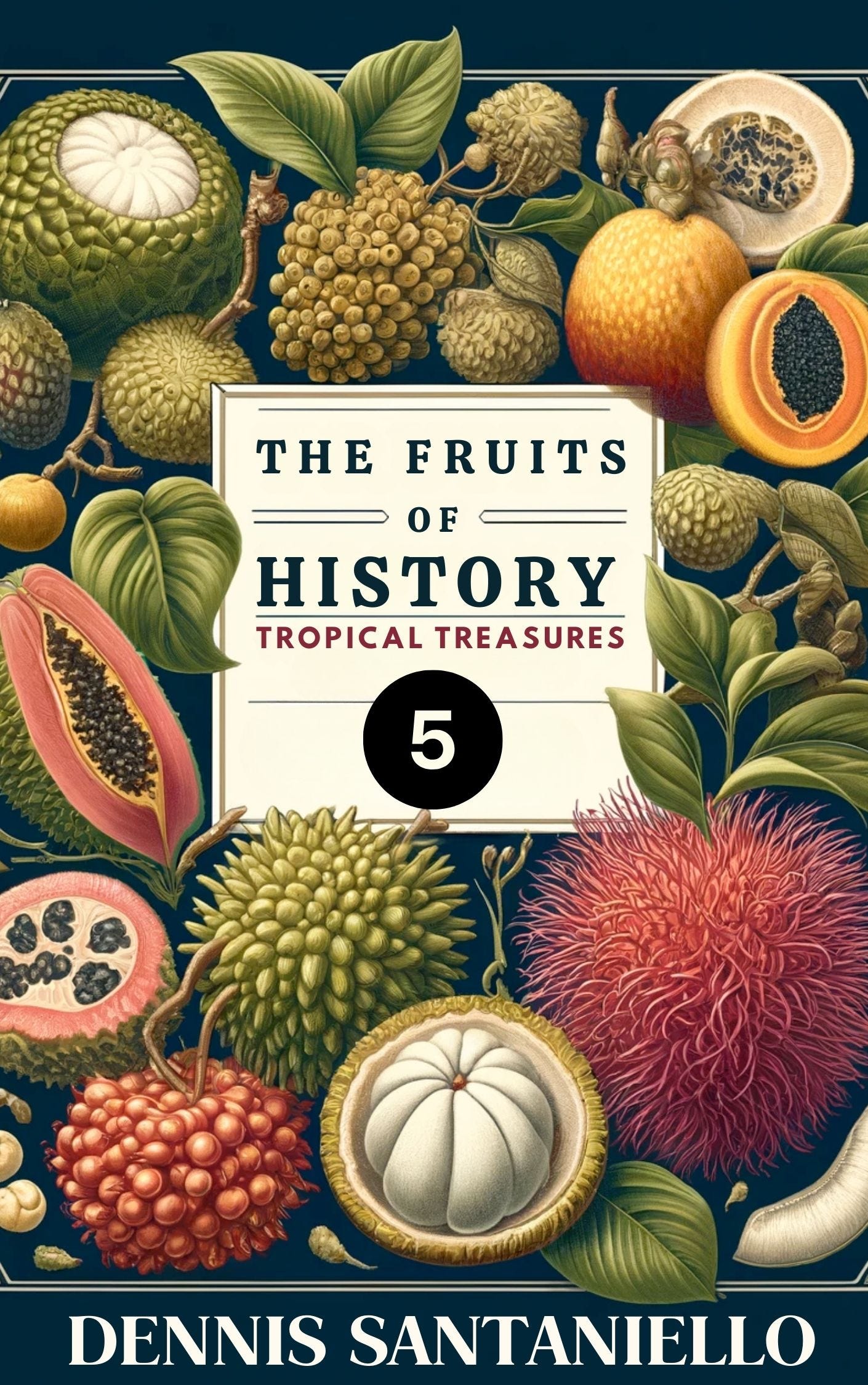Bael Fruit
Bael fruit, also known as wood apple, is a tropical fruit native to India and parts of Southeast Asia. Scientifically named Aegle marmelos, the bael tree is considered sacred in Hinduism and has been cultivated in India for thousands of years. The tree is medium-sized, deciduous, and can grow up to 15 meters tall. Its leaves are trifoliate, aromatic, and are traditionally used in religious ceremonies.
The fruit itself is round, typically 5-15 cm in diameter, with a hard, woody shell that turns from green to yellowish as it ripens. Inside, the fruit contains a fibrous, orange pulp that is aromatic and filled with numerous small white seeds. The pulp can be eaten fresh or dried, and it is commonly used to make drinks, jams, and sweets in regions where it is grown.
Bael fruit thrives in dry forests and hills across the Indian subcontinent, as well as in Sri Lanka, Bangladesh, and Myanmar. It has also been introduced to other tropical regions around the world, including parts of Southeast Asia, East Africa, and the Caribbean.
The taste of Bael Fruit is complex and has been described as a blend of citrus, pear, and raisin, with a hint of aromatic spices. The flesh is sweet when ripe, with a slightly sour and tangy undertone that makes it highly refreshing. The texture of the pulp is smooth and slightly grainy, similar to that of a ripe mango.
Bael fruit is highly prized not only for its unique flavor but also for its medicinal properties. It is considered to be good for digestion, and the fruit's juice is often consumed as a traditional remedy for various ailments, including stomachaches and heart palpitations.
In the ancient spiritual traditions of India, few plants are more sacred than the bael tree. Also known as the wood apple, its fragrant leaves have been offered in Hindu rituals for thousands of years, honoring the divine while celebrating nature's resilience and nourishing bounty.
The bael fruit itself has long been revered for its potent medicinal properties and unique flavor profile. Though its tough outer shell and pulpy interior have made it challenging to cultivate and consume widely, this hardy subtropical crop is finally starting to hit the mainstream.
Originating in the Indian subcontinent, the bael tree has demonstrated an incredible ability to adapt to virtually any environment, from swamplands to deserts. This versatility allowed it to become woven into the cultural fabric across India, Sri Lanka, Southeast Asia and beyond over thousands of years.
Today, India produces the vast majority of the world's bael fruit in a largely unorganized fashion, with trees growing wild or tended in household gardens and temple groves. But cutting-edge agricultural research raises the prospect of commercial bael farming and processing on a much larger scale.
And it's about time, because this ancient fruit is a nutritional powerhouse. Bael is absolutely loaded with vitamins, minerals, antioxidants and other vital compounds. It has more riboflavin than virtually any other food on the planet. Preliminary studies also suggest unique plant compounds in bael could have anti-inflammatory, anti-diabetic, and anti-cancer effects.
While the bael's funky, gooey texture isn't for everyone, it does lend itself nicely to processing into jams, juices, supplements and more. Entrepreneurs are now exploring ways to transform this under-utilized crop into value-added products that deliver the bael's nutritional wealth in forms more palatable to the modern consumer.
But beyond its superfood potential, the bael fruit carries profound spiritual and cultural significance that makes promoting its revival all the more vital. In Hindu reverence for nature's cycle of life, death, and rebirth, the bael tree represents purity and eternal renewal.
As climate change creates increasingly harsh growing conditions, the bael's resilience and ability to thrive with minimal inputs could make it an important part of sustainable agriculture and food security across South Asia. Its drought resistance provides opportunities for rehabilitating degraded lands through agroforestry.
From the most ancient texts to modern cutting-edge labs, the bael fruit's story spans millennia while embodying our urgent need to preserve traditional ecological wisdom. By giving this powerful fruit a place in the modern marketplace, we have a chance to uphold its cultural significance while sharing its impressive benefits with the world.
Additional Sources:
Roy, S., & Singh, R. (1979). Bael fruit (Aegle marmelos)—A potential fruit for processing. Economic Botany, 33, 203-212. Link
Srinivas, M., Jain, S., Lakhawat, S., Jain, N., Kumar, A., & Jain, H. (2021). Post Harvest Management of Bael Fruit: A Review. Current Journal of Applied Science and Technology. Link
Budiarto, R., Misra, K., & Uniyal, S. (2023). Studies on fruit drop and cracking in bael genotypes. Indian Journal of Horticulture. [Link](https://consensus.app/papers/studies-fruit-drop-cracking-genotypes-uniyal/6ca2e479dc15529097c944





